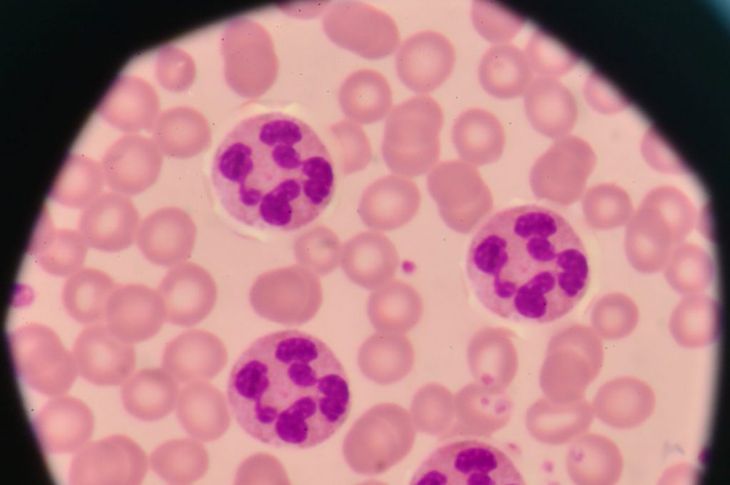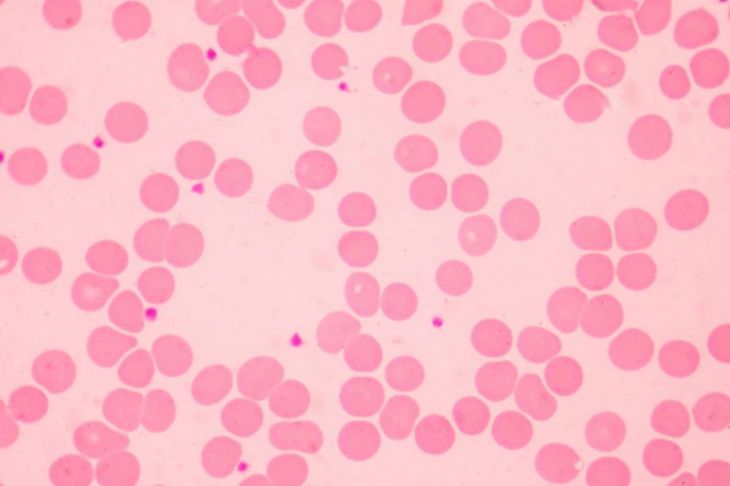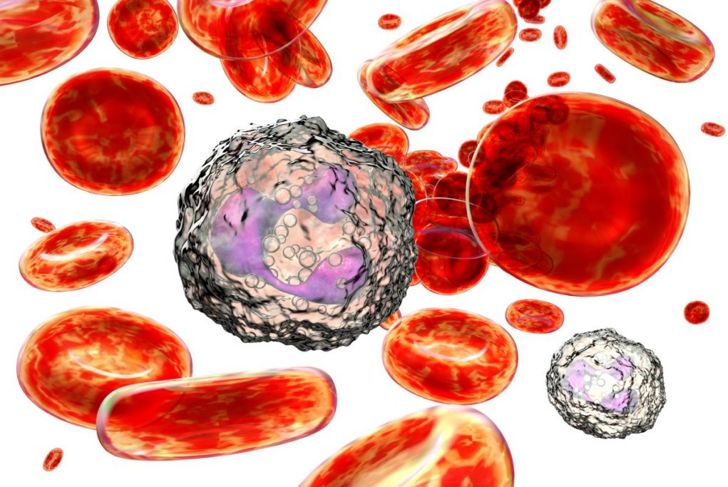Initially assumed to be a severe form of rheumatoid arthritis, Felty (or Felty’s) syndrome has since been identified as a rare autoimmune disorder characterized by a combination of symptoms with the acronym SANTA: Splenomegaly, (Rheumatoid) Arthritis, Neutropenia, Thrombocytopenia, and Anemia. Because experts understand so little about the disease, it is often misdiagnosed as other immune disorders and even forms of cancer. The exact cause of Felty’s isn’t clear, but because of its effect on the immune system, it’s considered life-threatening if not controlled.
High Levels of Rheumatoid Factor
Rheumatoid arthritis or RA is an autoimmune disease that triggers systemic inflammatory reactions as the body attacks its tissues. While the disorder affects the skin, lungs, and heart, one visible manifestation is the swelling and distortion of joints in the hands, known as synovial hypertrophy. Individuals with RA who also have Felty’s syndrome have a higher level of rheumatoid factor, which puts them at risk for a more severe form.
Neutropenia
Neutrophils are white blood cells important to fighting infections. A neutrophil count of lower than 1,500 per microliter of blood in an adult is neutropenia. As a vital part of the immune system, white blood cells are produced in the bone marrow. Normal total counts range from 4,000 to 11,000 per microliter. People with Felty’s fall below this range despite actively producing white blood cells. Research suggests they have a significant number of white blood cells concentrated in the spleen.
Splenomegaly
Splenomegaly is an enlarged spleen. The spleen acts as a filter and a reservoir of red blood cells and platelets. It’s also a part of the lymphatic system and produces lymphocytes that help prevent and fight infections. For people with Felty’s, an enlarged spleen increases the chances of infection because it impedes the organ’s vital functions.
Portal Hypertension
Veins from the stomach, intestine, pancreas, and spleen merge into the portal vein that passes through the liver. Portal hypertension is an increase in blood pressure within this system. In addition to splenomegaly, individuals with this condition sometimes have mild cases of hepatomegaly or an enlarged liver, which can lead to portal hypertension, causing gastrointestinal bleeding or fluid build-up in the abdomen (ascites).
Eye Burning and Discharge
Some who have Felty syndrome may not have any symptoms clearly associated with the disorder. One such ambiguous symptom is a burning feeling in the eyes, as well as discharge. While that kind of irritation is usually caused by an infection, which is common for those with Felty’s, isolating the exact cause depends on the patient’s specific diagnosis.
Blood Disorders and Leg Ulcers
People with Felty syndrome are affected by normochromic normocytic anemia, which means that while they make average-sized red blood cells at a normal rate, the levels are low. Along with that comes, thrombocytopenia, low platelet count, which causes poor blood clotting. These two factors create an environment for an increased risk of ulcers on the lower legs that are hard to heal and could be a source of infection.
Who’s at Risk for Felty’s?
Between one and three percent of all people with rheumatoid arthritis have Felty syndrome. The demographic makeup is mostly Caucasian between the ages of 50 and 70. Women are three times more likely to develop the disorder. While Felty’s is not definitively hereditary, some risk factors have a common genetic component, such as the HLA-DR4 serotype.
Focus on Treating Rheumatoid Arthritis
There is no absolute test for Felty’s. Because it is a syndrome, doctors diagnose patients based on the presence of an enlarged spleen, extremely low white blood cell count, and rheumatoid arthritis. One of the better ways to treat the disorder is to address rheumatoid arthritis, considered a major contributing factor. Anti-inflammatory drugs can control the damage while DMARDs, disease-modifying anti-rheumatic drugs, may reduce joint damage.
Using Granulocytes to Treat Felty’s
Granulocytes are a type of white blood cell that includes neutrophils. Granulocyte-macrophage colony-stimulating factor, GM-CSF, is a protein that spurs white blood cell growth. It also inhibits mature neutrophil migration as part of its goal to improve the body’s defense against infection. GCSF, Granulocyte colony-stimulating factor, is a protein that stimulates the growth of granulocytes and stem cells in the bone marrow. Research shows that because those with Felty’s experience recurring and serious infections, including pulmonary and skin infections, these two types of granulocyte-based therapies can improve neutropenia and immunity.
Improved Health with Splenectomies
Other studies show that to help further improve the immune system, a splenectomy — removal of the spleen — is a suitable treatment option for people with Felty syndrome. Removal of an enlarged and malfunctioning spleen, in conjunction with other immune system therapies, can increase white blood cell counts and decrease recurring infections and fevers.

 Home
Home Health
Health Diet & Nutrition
Diet & Nutrition Living Well
Living Well More
More




















